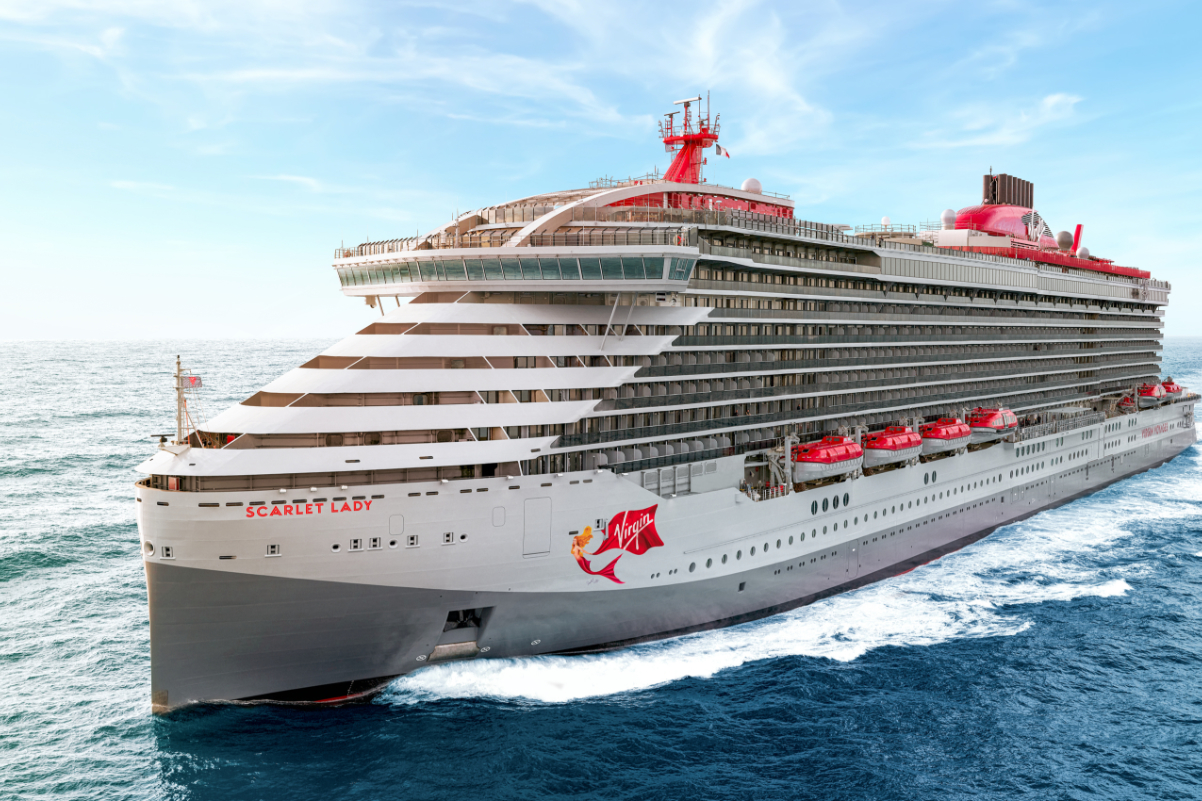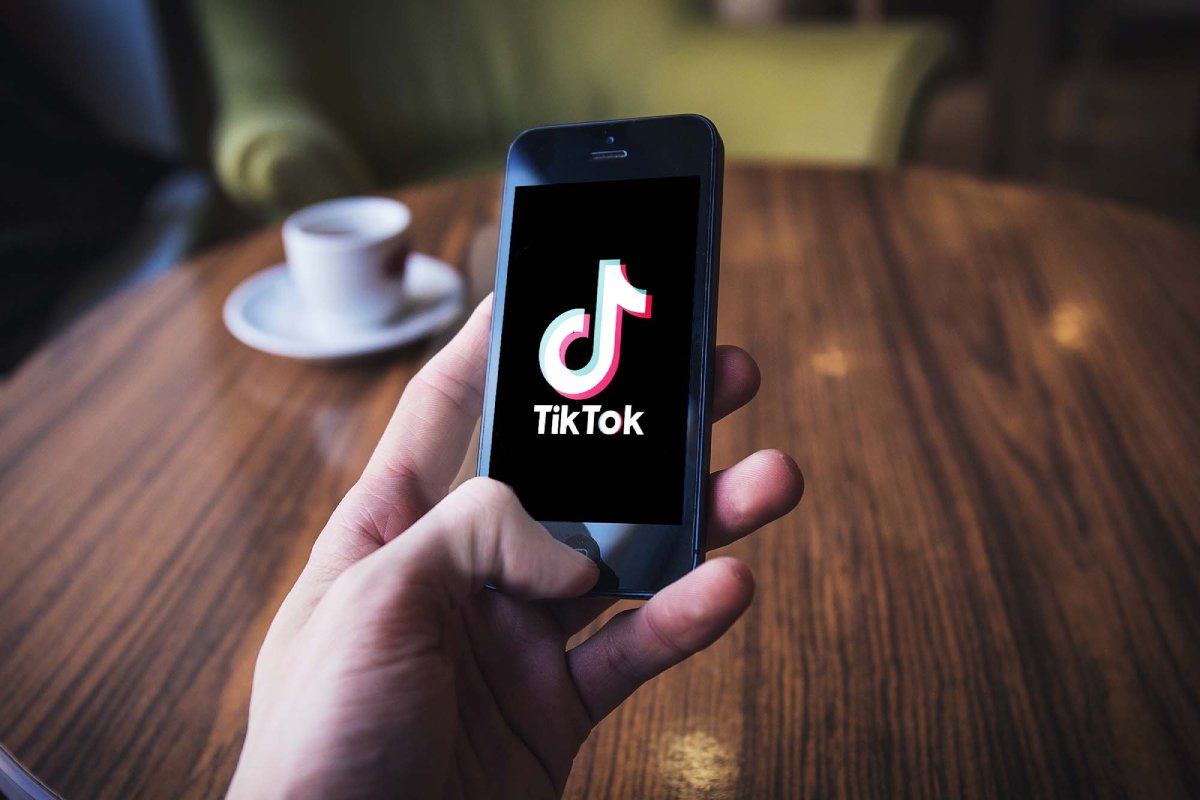Search Isn't Just on Search Engines Anymore, and Google Knows It

Skift Take
This sponsored content was created in collaboration with a Skift partner.
Google used to own search. Now 65% of consumers start searching for products on Amazon or other retail sites - bypassing search engines completely. As a result, the Alphabet, Inc subsidiary has made moves to a) win back this product search traffic, and b) move down-funnel to become a bigger part of the shopping process.
Just two weeks ago at Google I/O they announced all the new places they’ll capture queries: in the home (Google Home), in messenger (Allo), on video (Duo), in-app (Instant App), and elsewhere on the web.
And though it’s not the flashy stuff of conference stages, the company’s recent introduction of Shopping ads in image search results, and new local inventory ad features are no less significant. By allowing users to comparison shop and buy within all their personal search results, they continue their shift toward e-commerce (perhaps you’ve heard of Google Flights?).
Travel brands can learn two things from Google and its recent moves:
First, travel websites are search engines for travel shoppers. Just like most users start with Amazon when looking for products, travelers start with suppliers, meta sites, and OTAs. This means there’s big opportunity for brands to provide search-results-like customer utility, and be rewarded handsomely for it.
Second, customization and personalization are not nice-to-haves anymore. Strategies for customization are a must, and this applies to ad strategies as much as to on-site experiences.
Google (and Amazon) has always focused on custom experiences in ads. First, ads felt personal because they were based on intent. Then geolocation. Then context. Then historical behavior, real-time predictions and social connections.
As they say, data is the new creative. These days “customers are expecting you to use your data to come up with personalized experiences,” says Jononathan Wardnman, VP CRM at Hilton Worldwide. Google may have started it, but it’s the new normal - we can look to the rise of DSPs, DMPs, and Facebook’s recent earnings for proof.
Customizing ad experiences doesn’t just mean that ads should be hyper-relevant. They should also be triggered, delivered, and designed for optimal performance with a given user or set of users. Too often brands simply plug and play display ads into a webpage. Real results come when ads are native, feel like functionality, and are delivered only in the moments when they’re beneficial, not when they’re distracting.
How users engage with elements on a page depends on lots of things - functionality, design, layout, the user’s perception of the brand, just to name a few. Similarly, interaction rates, click-through rates, and how cannibalistic an ad placement is depends on hundreds of variables. Some are related to where and how they appear, but many have more to do with the intent of the user in a particular instant: How far along the purchase path are they? What other sites have they visited? What is their purchase history? Have they converted on this site before? These variables help determine the right experience for a user in an intelligent ad strategy.
It’s a common misconception that customized ad strategies aren’t worth the effort - that programmatic provides sufficiently data-driven inventory. But what works for one site won’t necessarily work for another, and part of providing custom experiences is knowing when not to show ads at all.
Brands that understand - as Google does - that e-commerce sites are now more than just transactional, aren’t fearful of rampant comparison shopping and low conversion rates. Instead, they embrace consumer behavior and give users what they want. Sometimes that means guiding them to a purchase or conversion. Sometimes it means showing them the right ad to help them keep shopping (and profiting from it).
To learn more about creating custom media strategies, and common misconceptions that cost travel brands millions of dollars in revenue every year, download this free e-book: Top 5 Myths in Travel Media.
Free Download
This content is created collaboratively in partnership with our sponsor Intent Media




